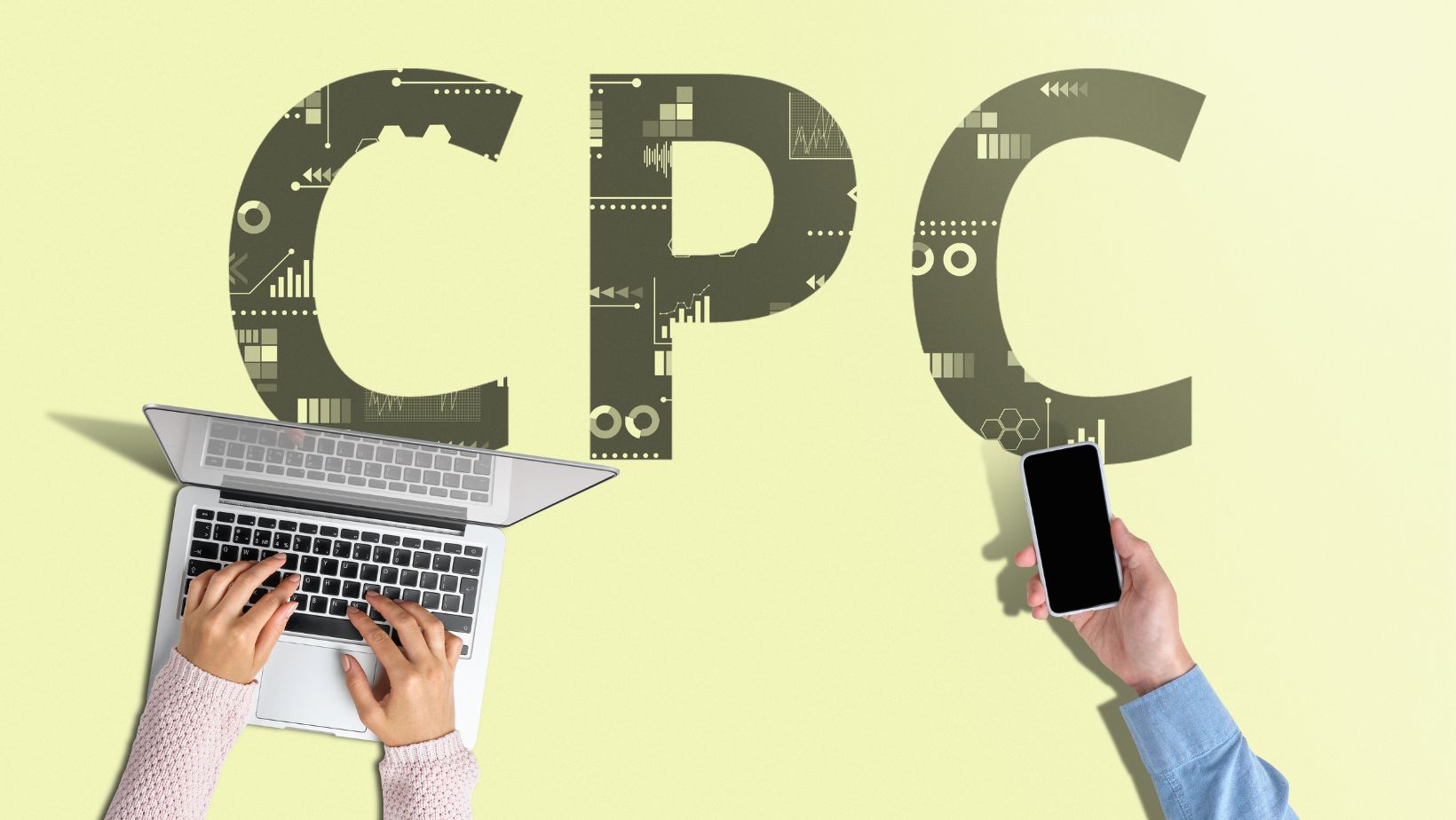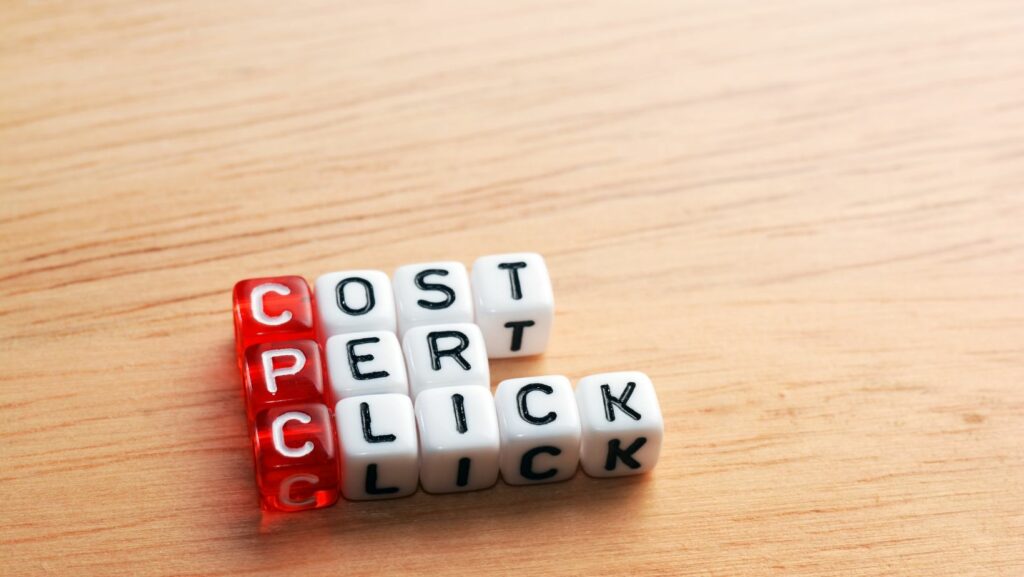Cost Per Click (CPC) is a fundamental online advertising metric that represents the price you pay for each individual click on your pay-per-click (PPC) ad. It is the core of many digital marketing campaigns on platforms like Google Ads and Microsoft Ads, as it directly measures the cost of driving a potential customer to your website. To manage your advertising budget effectively, using a CPC calculator is essential; it applies the straightforward formula of dividing the total cost of your campaign by the total number of clicks received. Understanding your CPC is the first step toward optimizing ad spend, improving ROI, and ensuring the financial health of your marketing efforts.
What is CPC (Cost Per Click)? A Detailed Meaning
CPC, or Cost Per Click, is a bidding model and a performance metric used in the digital advertising ecosystem. In a CPC-based campaign, advertisers do not pay for their ad to be shown (an impression); they only pay when a user performs the specific action of clicking on the ad. This makes it a highly popular model for advertisers whose primary goal is to generate traffic to a website, landing page, or app.
The actual CPC you pay is rarely a fixed amount. It is typically determined by a real-time auction system, like the one used by Google Ads. Several factors influence the final price, including your maximum bid, your ad’s Quality Score, and the competitiveness of the keyword you are targeting. A higher CPC often indicates a more competitive market or a keyword with high commercial intent, meaning the user is closer to making a purchase. Monitoring your CPC is crucial for understanding how much it costs to acquire a potential customer and for managing your advertising budget efficiently.
| Platform/Context | How CPC is Used |
| Google Ads & Microsoft Ads | The primary model for search ads. Advertisers bid on keywords, and the CPC is determined by an ad auction. |
| Social Media Ads (Facebook, LinkedIn, etc.) | An available bidding option, often used for campaigns where the main goal is to drive traffic to an external website. |
| Display Advertising | A common bidding strategy for banner and image ads, where the goal is a direct click-through rather than just brand awareness. |
| Affiliate Marketing | Affiliates often earn revenue based on the CPC model, getting paid for every click they generate for a merchant’s site. |
CPC Calculation Formulas
Calculating your average CPC is simple and essential for campaign analysis. While ad platforms report this automatically, knowing the formula helps in forecasting, budgeting, and manual reporting.
The Primary CPC Formula:
The formula to calculate your average Cost Per Click is:
Average CPC=Total Number of ClicksTotal Cost of Clicks
This formula gives you the average price you’ve paid per click across a campaign, ad group, or keyword. It’s a vital health metric for any PPC account.

Example CPC Calculation:
Let’s say you ran a Facebook Ads campaign for a week with the following results:
- Total Ad Spend (Total Cost): $500
- Total Clicks Received: 800
Using the formula, you can calculate your average CPC:
Average CPC=800$500=$0.625
This means that, on average, you paid $0.625 (or 62.5 cents) for every single click your ads generated during that period.
Calculating Your Actual CPC
While the average CPC is a key reporting metric, the actual CPC you pay for any single click in Google Ads is more complex. It’s determined by the ad auction and is calculated as follows:
Your Actual CPC=(Your Quality ScoreAd Rank of the Advertiser Below You)+$0.01
This formula highlights why a high Quality Score is so crucial. A higher Quality Score allows you to achieve a better ad position at a lower cost, directly reducing your actual CPC.
What is a Good CPC? 2025 Industry Benchmarks
The question “What is a good CPC?” has no single answer, as costs can vary dramatically. A “good” CPC is one that is profitable for your business. However, industry benchmarks are useful for understanding where you stand relative to your competitors.
The table below provides the latest average CPC data for Google Ads across various industries for both Search and Display networks.
| Industry | Average CPC (Search Network) 2025 | Average CPC (Display Network) 2025 |
| Legal | $9.11 | $0.85 |
| Finance & Insurance | $4.25 | $0.88 |
| Health & Medical | $3.98 | $0.72 |
| Real Estate | $2.85 | $0.69 |
| Home Services | $2.70 | $0.81 |
| E-commerce & Retail | $2.15 | $0.55 |
| Education | $2.05 | $0.59 |
| Travel & Hospitality | $1.89 | $0.42 |
Key Considerations:
- Search vs. Display: CPCs on the Search Network are almost always higher than on the Display Network. This is because search ads capture users with active intent (they are searching for a solution), while display ads target users based on interests and behavior (passive intent).
- Keyword Intent: High-commercial-intent keywords (e.g., “emergency plumber near me”) will have a much higher CPC than informational keywords (e.g., “how to fix a leaky faucet”).
Why is CPC Important?
CPC is one of the most important metrics in performance marketing because it directly ties your advertising efforts to a quantifiable cost.
- Budget Management and Forecasting: CPC is the foundation of your PPC budget. By understanding your average CPC, you can accurately forecast how much traffic you can generate with a given budget. For example, with a $1,000 monthly budget and a $2.00 average CPC, you can expect to receive approximately 500 clicks. A CPC calculator is indispensable for this kind of planning.
- Return on Investment (ROI) Calculation: CPC is a critical component of calculating your campaign’s profitability. To determine your Return on Investment (ROI), you need to know both your cost (driven by CPC) and your revenue per click (driven by your conversion rate and average order value). A low CPC provides more opportunities for each click to be profitable.
- Performance Benchmarking: Monitoring your CPC allows you to benchmark your performance against industry standards and your own historical data. A sudden spike in CPC can alert you to new competitors entering the auction or a potential issue with your Quality Score.
- Informing Bidding Strategy: Your CPC data is essential for making strategic bidding decisions. If certain keywords have a low CPC and a high conversion rate, you may want to increase your bids on them. Conversely, if keywords have a high CPC and are not converting, you may need to lower your bids or pause them entirely.
How to Lower Your CPC: Proven Strategies
Lowering your CPC while maintaining or increasing traffic quality is the ultimate goal of PPC optimization. Here are the most effective strategies to achieve this.
1. Improve Your Quality Score
Quality Score is Google’s rating of the quality and relevance of your keywords and PPC ads. It is the single most important factor in lowering your CPC.
- Increase Ad Relevance: Create tightly-themed ad groups where your keywords, ad copy, and landing page are all perfectly aligned.
- Boost Expected CTR: Write compelling, engaging ad copy that encourages users to click. Use ad extensions to make your ad more prominent.
- Enhance Landing Page Experience: Ensure your landing page is relevant to the ad, easy to navigate, and provides a good user experience.
2. Refine Your Keyword Targeting
- Use Long-Tail Keywords: Instead of bidding on broad, highly competitive (and expensive) keywords like “shoes,” target more specific long-tail keywords like “women’s red running shoes size 8.” These keywords have lower competition and higher intent, leading to a lower CPC and higher conversion rates.
- Master Negative Keywords: Actively build a list of negative keywords—terms you don’t want your ad to show for. This prevents you from wasting money on irrelevant clicks that won’t convert, thereby lowering your average CPC.
3. Adjust Your Bidding Strategy
- Don’t Overbid: While bidding high can get you the top spot, it’s not always the most profitable position. Test different ad positions to find the sweet spot where you get a good volume of clicks at a sustainable CPC.
- Use Ad Scheduling: Analyze your performance data to see which days of the week or hours of the day have the best conversion rates and lowest costs. Use ad scheduling to bid more aggressively during these peak times and reduce bids during underperforming periods.
4. Enhance Your Ad Copy and Creatives
- Conduct A/B Testing: Continuously test different headlines, descriptions, and calls-to-action in your ads. A small increase in your Click-Through Rate (CTR) can significantly improve your Quality Score, which in turn will lower your CPC.
- Use Ad Extensions: Fully utilize all relevant ad extensions (sitelinks, callouts, structured snippets). They increase your ad’s visibility and relevance, boosting CTR and Quality Score.
By systematically implementing these strategies, you can take control of your Cost Per Click, making your advertising budget stretch further and significantly improving the overall profitability of your campaigns.

